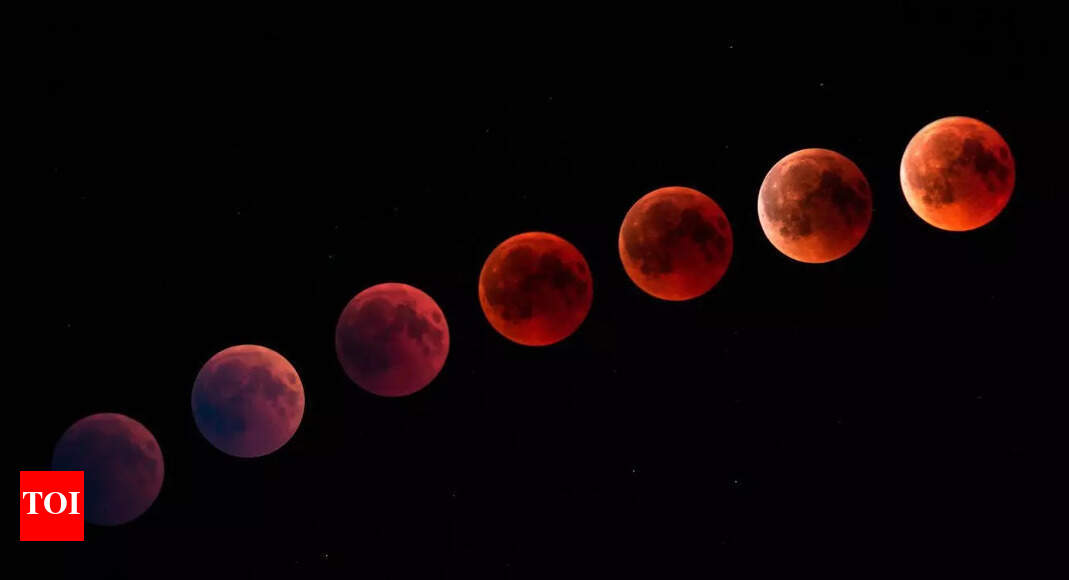
This evening heralds the start of a new phase in the lunar cycle, signifying that the moon will grow brighter each night for the time being.
The lunar cycle comprises eight phases. NASA states that these phases take place as the Sun illuminates various sections of the moon during its orbit around Earth. The cycle generally spans about 29.5 days.
Continue reading to find out what you can see when you gaze up tonight, Sept. 30.
What is the moon phase for today?
On Tuesday, Sept. 30, the moon phase is Waxing Gibbous, and per NASA’s Daily Moon Observation, 56% of its surface is lit up tonight.
If you’re passionate about moon watching, there’s a lot to observe this evening. No special equipment is necessary to identify the Mare Crisium, Mare Vaporum, and Mare Fecunditatis. Using binoculars, you can also see the Archimedes Crater, Endymion Crater, and Mare Nectaris.
With a telescope, the Linne Crater, Rima Hyginus, and Rupes Altai come into view.
When will the next full moon be?
The upcoming full moon is set to happen on Oct. 7. The previous full moon was on Sept. 7.
What are the phases of the moon?
As per NASA, the moon’s phases are part of its 29.5-day path around Earth. As the moon travels, the angles among the Sun, Moon, and Earth shift, causing the phases we see. From our viewpoint, the moon sometimes appears full and at other times seems to disappear, but we constantly observe the same side. What varies is the amount of sunlight that reflects off its surface, influenced by its position in orbit.
This process explains the occurrence of full moons, half moons, and moons that seem entirely invisible. There are fundamentally eight main moon phases, which repeat in a cycle:
New Moon – The moon is located between Earth and the sun, making the side visible to us dark (invisible).
Waxing Crescent – A tiny sliver of light emerges on the right side (Northern Hemisphere).
First Quarter – Half of the moon is illuminated on the right side, resembling a half-moon.
Waxing Gibbous – More than half is lit up, though it isn’t fully illuminated yet.
Full Moon – The entire surface of the moon is lit up and completely visible.
Waning Gibbous – The moon begins to lose light on the right side.
Last Quarter (or Third Quarter) – Another half-moon appears, but now with the left side illuminated.
Waning Crescent – A thin strip of light lingers on the left side before it goes dark again.